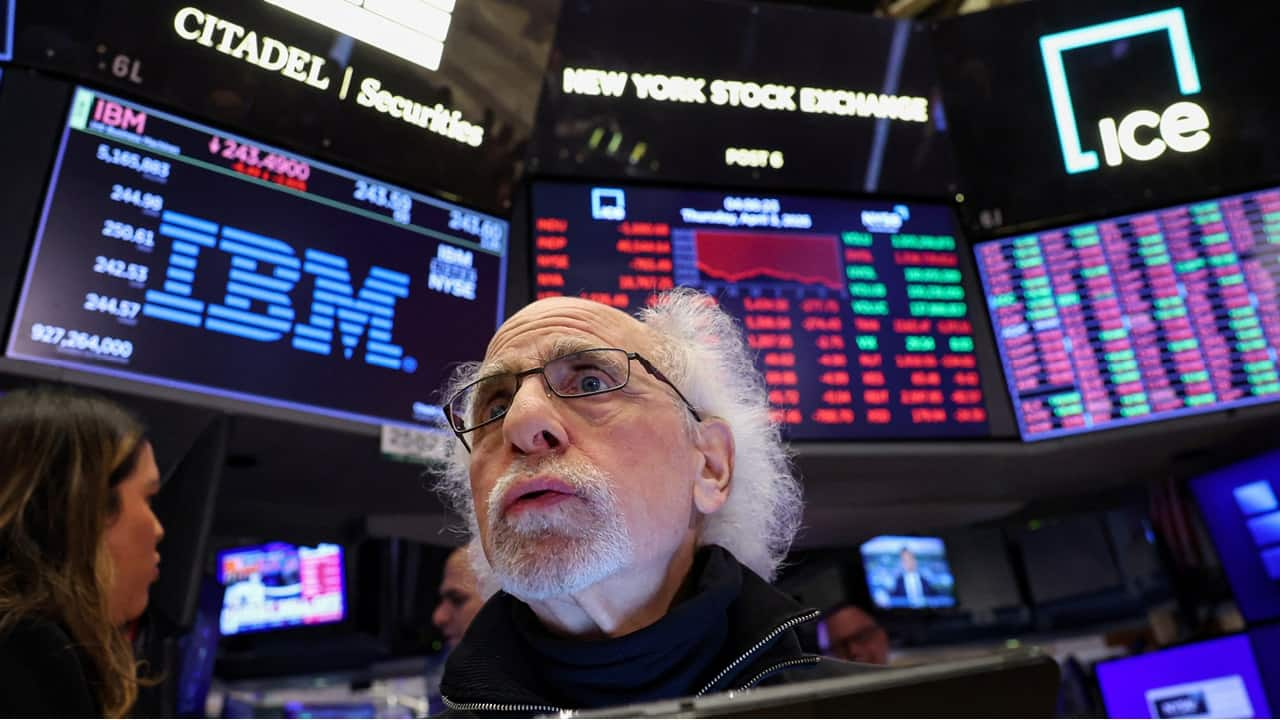
After hitting fresh records on Monday, the S&P 500 backed off slightly on Tuesday, closing down around 0.1%. The Nasdaq Composite, which is heavily weighted in tech stocks, fell by 0.5%, primarily due to a sharp decline in Tesla (TSLA) shares. Tesla's drop came amid heightened political tension, as Elon Musk criticized Trump’s administration over tariff policies and interest rate pressure on the Federal Reserve.
Meanwhile, the Dow Jones managed a gain of nearly 0.6%, reflecting resilience in more traditional, non-tech-heavy sectors. Investors seemed to rotate out of high-growth tech names and into industrials and consumer staples. Tesla’s stock took a noticeable hit on Tuesday as CEO Elon Musk once again clashed with President Trump—this time over trade and economic policy. Musk criticized Trump’s ongoing push for tariff escalation and demanded clarity on proposed tax changes aimed at boosting manufacturing.

This public friction between Musk and the President triggered concern among investors, especially given Tesla’s reliance on international markets and global supply chains. Musk’s comments also coincided with a drop in tech confidence overall, dragging the Nasdaq down with it. President Trump’s massive tax bill, now moving through the Senate, is being closely watched on Wall Street. The proposal includes broad cuts for both corporations and individuals, and aims to revamp the current code by offering incentives for domestic manufacturing and imposing reciprocal tariffs on countries with high import duties on US goods. With a July 9 deadline approaching, sources cited by the Financial Times say the administration may shift focus from sweeping trade deals to narrower, quicker agreements. This urgency has markets on edge as investors try to price in potential impacts on business costs, supply chains, and earnings.
However, Powell appeared cautious. He acknowledged that tariffs are affecting the Fed’s decision-making process, noting they’re a key reason behind the central bank’s current wait-and-see approach. Despite this, Powell maintained that the US economy remains strong, which could delay any immediate rate cuts.
On Tuesday, the Job Openings and Labor Turnover Survey (JOLTS) showed that job openings rose more than expected in May. However, the hiring and quits rates stayed near decade lows—an indication that the labor market is currently in what some economists call a "stasis" phase. The data suggests businesses may be cautious about expanding headcount until there’s more clarity on inflation, rate cuts, and the broader economic outlook. As the week progresses, additional labor data will be key to understanding whether the economy is cooling or simply holding steady.
Biggest Losers
What’s next for Wall Street amid Trump’s economic policies?
With Trump’s tax bill, tariff decisions, and Fed policy shifts all converging this month, investors are entering a period of heightened uncertainty. The July 9 deadline for tariff implementation adds further urgency to trade negotiations. At the same time, tech stocks like Tesla remain under political and regulatory pressure, leaving the Nasdaq particularly vulnerable.As investors wait for more clarity, market volatility is likely to stay elevated. Analysts suggest watching Trump’s next public remarks, the Senate’s movement on tax reform, and Powell’s tone in the coming days to gauge how the market may shift next.
Tesla stock fell due to Elon Musk's renewed clash with President Trump over tariffs and trade.
Q2: What’s in Trump’s new tax bill?
Trump’s tax bill includes corporate cuts and plans for reciprocal tariffs starting July 9.
Read More News on
(Catch all the US News, UK News, Canada News, International Breaking News Events, and Latest News Updates on The Economic Times.)
Download The Economic Times News App to get Daily International News Updates.










